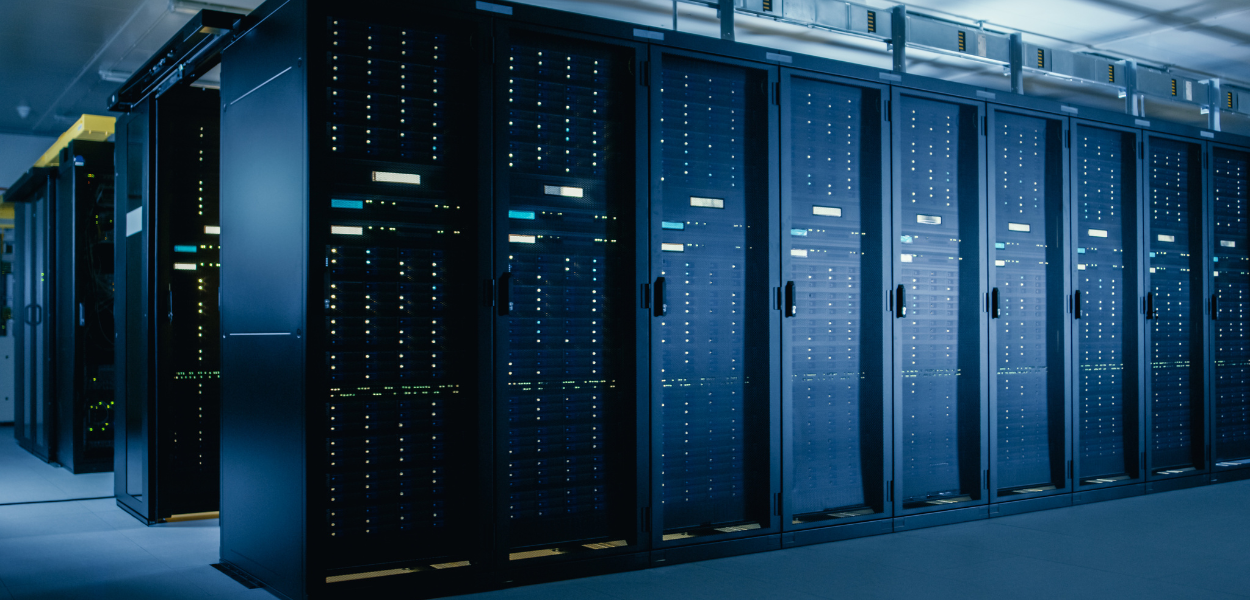6 Reasons to Deep Clean Your Data Center
So dust, downtime, and data loss don’t stand a chance.
When you think about threats to uptime, you probably think about firewalls, backups, or redundant power. Dust rarely makes the list. But when it comes to protecting high-value hardware and mission-critical data, deep cleaning your data center is one of the most overlooked and undervalued defenses.
Environmental cleanliness directly impacts the 3 R’s: reliability, risk, and return on investment. Here are six sound, science-backed reasons to make environmental cleanliness a foundational part of your risk management strategy.
1. Hardware Protection: Dust = Fire Hazard
Dust isn’t just an aesthetic issue—it’s a functional one. Particles clog ventilation fans, coat circuit boards, and trap heat where it shouldn’t be. Airborne particulates are a key contributor to hard drive and server failures due to thermal stress and mechanical interference.
When dust builds up near power supplies or connectors, it creates a flammable layer that can ignite with the smallest electrical arc. Even moderate contamination can shorten the life span of servers, storage arrays, and networking equipment.🔗 Datacenter Maintenance Issues Pose Security Threats
2. Efficient Cooling and Airflow
Cooling accounts for 30-55% of data center power consumption. But when grilles and airflow paths are blocked by dust or debris, or building up under the raised tile flooring system, cooling systems have to work harder to compensate. That drives up energy bills and increases your facility’s carbon footprint.
ASHRAE TC 9.9 is the gold standard for data center environmental design, and it emphasizes the importance of managing particulate contamination to maintain ideal airflow and prevent overheating.
3. Lowering ESD Risk
Electrostatic discharge (ESD) is a silent killer in electronics. Dust on surfaces can increase static buildup in low-humidity environments. A single uncontrolled discharge can start down a road of laten failures showing up days or even weeks later.
Facilities that follow ANSI/ESD S20.20 guidelines incorporate grounded surfaces, ESD-safe tools, and most critically, environmental cleaning and particle control. Mitigating static starts with eliminating the surfaces that store it.
Learn about the differences between ESD and Anti-static mats.
4. Preventing Contaminant-Triggered Downtime
Downtime is more damaging and expensive than ever. According to the Uptime Institute’s 2022 Outage Analysis, over 60% of data center outages now cost more than $100,000, with nearly one in six exceeding $1 million in losses.
While the causes of downtime often point to power or software issues, dust and contamination are frequently the hidden contributors—triggering overheating, board shorts, and corrosion that escalate into full-blown outages. Preventing contamination reduces one of the most underreported but serious risks to uptime.
5. Meeting Compliance and SLA Expectations
If you’re operating under ISO 27001 or ISO 14644 classifications—or servicing clients who are—you’re already required to maintain a clean physical environment. Clean floors, equipment, and air help uphold these standards and ensure business continuity.
Even outside of ISO frameworks, enterprise SLAs often include clauses around environmental maintenance. A visibly dirty facility could cost you more than just reputation—it could cost you contracts. 🔗 ISO 14644 Cleanroom Standards Overview
6. Supporting Sustainability and Energy Efficiency Goals
Environmental cleanliness isn’t just best practice, it’s policy. Under the European Energy Efficiency Directive (EED), data centers over 500 kW are now required to track and report energy performance and cooling efficiency. Clean facilities perform better in these audits and contribute to measurable reductions in carbon output.
Major operators like Equinix cite cleanliness and environmental control as core to their energy optimization and carbon-reduction strategies—part of their commitment to sustainable infrastructure. 🔗 Equinix 2024 Sustainability Report
Routine deep cleaning, particle monitoring, and the use of specialized solutions like floor-level contamination control mats can drastically reduce risk and improve long-term facility performance.
A cleaner data center is a safer, more efficient, and more sustainable one. 6 Reasons to Deep Clean Your Data Center
